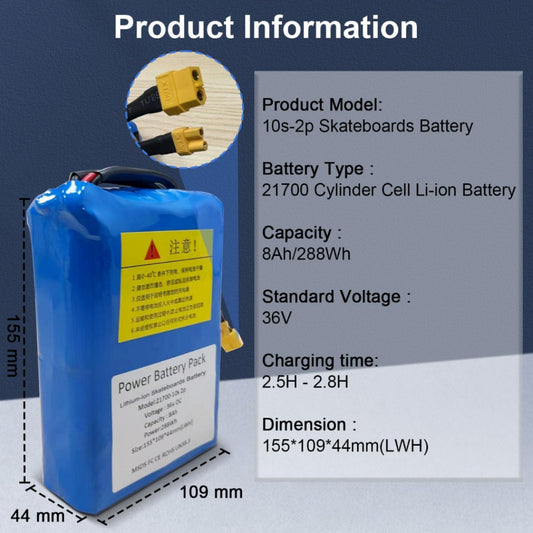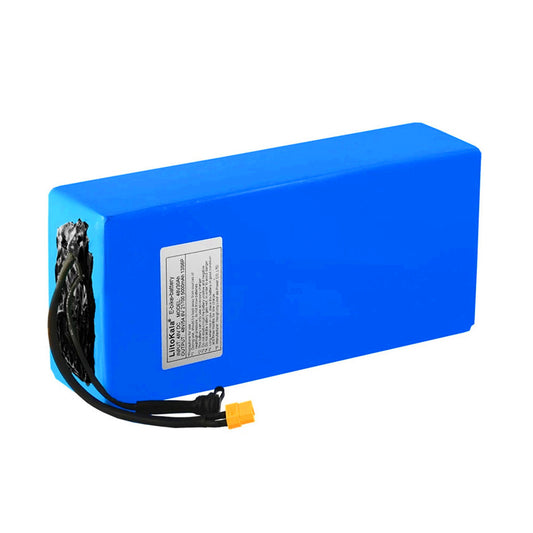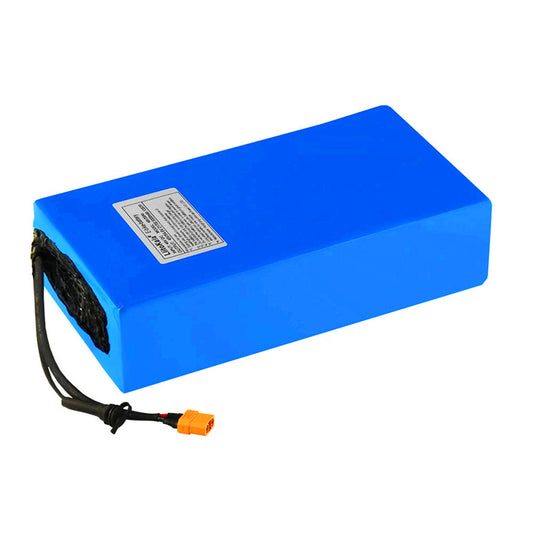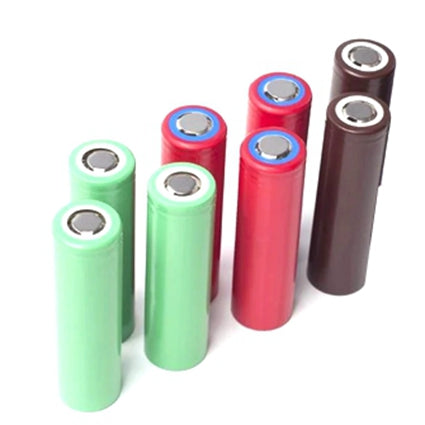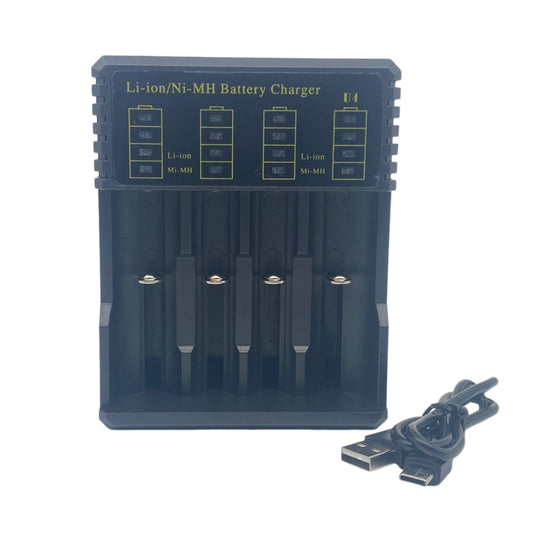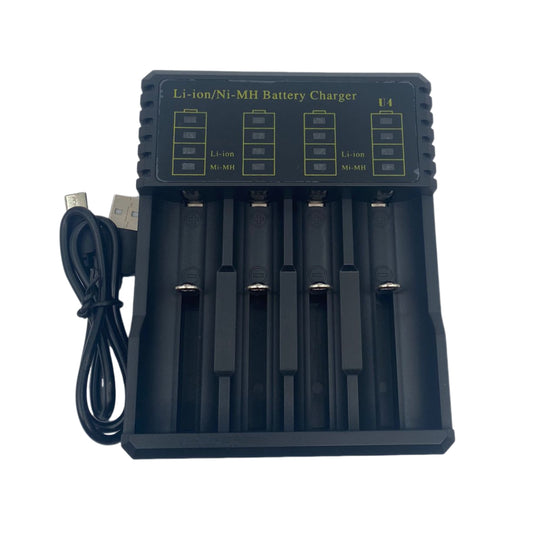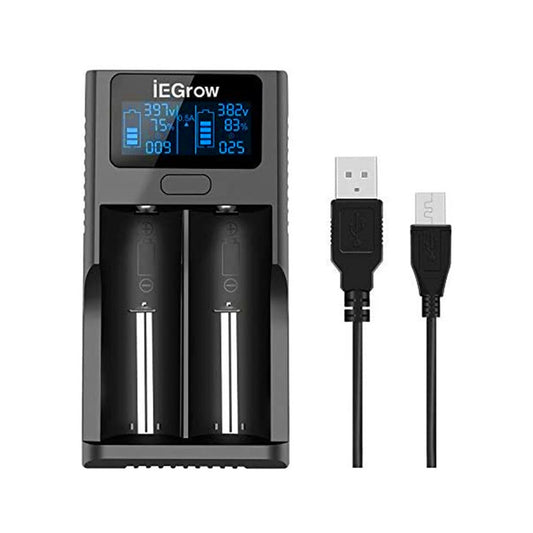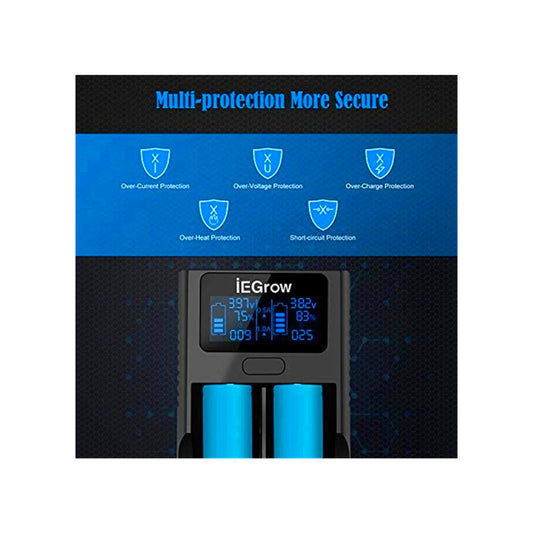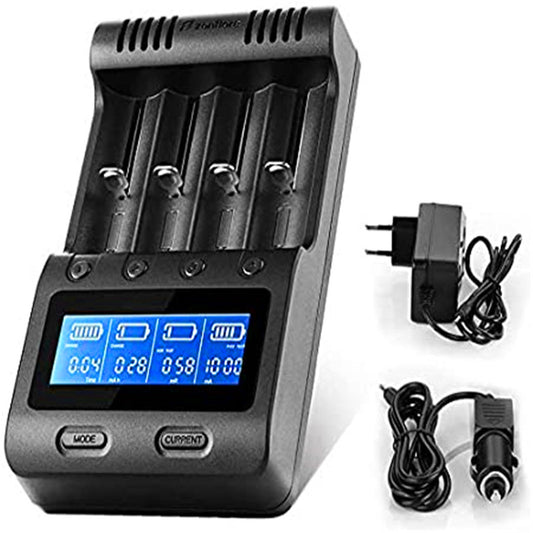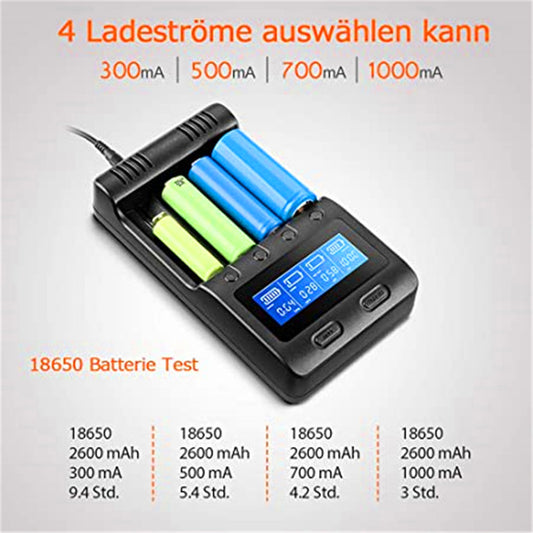AGM and traditional lead-acid batteries are both used for automotive, solar, and backup power needs. However, their designs lead to differences in performance, maintenance, and cost. In this article, you'll learn these distinctions and how to choose the best option for long-term value and efficiency!
What is an AGM Battery?
AGM (Absorbent Glass Mat) batteries use a specialized design where the electrolyte is absorbed into fiberglass mats, keeping the liquid stable and reducing the risk of leaks. This sealed design makes AGM batteries maintenance-free, a key advantage for Americans who prefer hassle-free power solutions. You’ll find them commonly in vehicles with start-stop systems, backup power supplies, and renewable energy setups.
What is a Traditional Lead Acid Battery?
Traditional lead-acid batteries come in a few variations, each suited to different needs. Flooded lead-acid batteries are the most common, offering reliable power but requiring regular maintenance like adding water and venting gases. Sealed lead-acid batteries eliminate the need for maintenance, making them ideal for backup systems and security devices. Gel batteries, with their spill-proof design and resistance to extreme temperatures, are often used in deep-cycle applications such as solar storage and marine equipment.

Comparison: AGM Battery vs. Traditional Lead Acid Battery
Performance & Efficiency
AGM batteries significantly outperform flooded lead-acid batteries in both charge acceptance and cycle life. AGM batteries can charge up to five times faster, reaching 100% capacity more quickly, while flooded lead-acid batteries typically reach only 80-85% due to inefficiencies. In terms of deep cycling, AGM batteries can endure 300-500 cycles at 80% depth of discharge (DOD), compared to 100-150 cycles for flooded lead-acid batteries at the same DOD.
Lifespan
AGM batteries have a longer lifespan compared to flooded lead-acid batteries, especially in deep-cycle applications. On average, AGM batteries can last 3-5 years or more, depending on usage, while flooded lead-acid batteries often last 2-3 years under similar conditions.
Durability
In terms of durability, AGM batteries are more resistant to vibration and extreme temperatures, making them suitable for harsh environments like off-road vehicles or renewable energy systems. Flooded lead-acid batteries, while functional, are more prone to damage from rough handling and temperature fluctuations, which can shorten their overall lifespan.
Maintenance Requirements
AGM batteries are completely maintenance-free, which is a major advantage for users looking for convenience and reliability. Since they are sealed, there’s no need to check electrolyte levels or add water, and they don't emit gases, making them safer for indoor use. In contrast, flooded lead-acid batteries require regular maintenance, including adding distilled water to prevent the electrolyte from drying out and ensuring proper ventilation to avoid gas buildup.
Price and Cost Efficiency
While AGM batteries have a higher upfront cost—typically 20-50% more than flooded lead-acid batteries—they offer better long-term value. Their extended lifespan, lower maintenance requirements, and superior performance in deep-cycle and high-demand applications reduce the need for frequent replacements. Flooded lead-acid batteries, while cheaper initially, may require replacement more often and incur additional costs for maintenance, especially in applications requiring frequent cycling.
Environmental Impact
Both AGM and flooded lead-acid batteries are recyclable. However, AGM batteries tend to be more environmentally friendly due to their sealed design. Since AGM batteries do not leak or emit harmful gases, they pose less risk to the environment and surrounding areas, especially during operation and disposal. Flooded lead-acid batteries, on the other hand, have a higher potential for spills, leakage, and gas emissions, which require proper handling and ventilation to avoid environmental harm
Safety
AGM batteries are sealed, preventing leaks and gas emissions, making them safer for indoor use without ventilation. In contrast, flooded lead-acid batteries can leak and emit gases, requiring careful handling and ventilation to avoid hazards like acid spills or gas buildup.
Reliability
AGM batteries are more reliable in extreme temperatures (-40°F to 140°F) and withstand vibration better than flooded lead-acid batteries, which can fail in harsh conditions. AGM batteries also maintain up to 80% capacity after numerous deep cycles, offering consistent performance over time.
Which is Better, AGM Battery or Traditional Lead Acid?
Choose an AGM battery if you:
-
Need a maintenance-free option.
-
Require reliable deep cycling (e.g., renewable energy systems, backup power).
-
Operate in extreme temperatures or harsh environments.
-
Want a longer-lasting, durable battery with fewer replacements.
Choose a flooded lead-acid battery if you:
-
Want a low-cost, short-term solution.
-
Don't mind regular maintenance (e.g., topping off water, venting gases).
-
Use it in less demanding applications (e.g., standard vehicles, less frequent cycling).
-
Are willing to trade lower upfront costs for more frequent replacements.

Conclusion
In summary, AGM batteries offer superior performance and long-term value, while traditional lead-acid batteries provide a budget-friendly solution for simpler applications. By understanding your specific needs, you can make a smart choice that saves both time and money in the long run. If you’re ready to upgrade your power system, visit Batteryint for a wide selection of high-quality rechargeable batteries, like lithium batteries for sale, 18650 rechargeable battery, ensuring you get the right battery for your needs—whether it's AGM, lead-acid, or beyond.
FAQs
Can AGM batteries be installed in any position?
Yes, AGM batteries can be installed in any orientation, even upside down. Their sealed design prevents leaks, spills, and gas emissions, allowing them to operate safely in tight spaces where traditional flooded batteries would pose a risk. This flexibility makes AGM batteries ideal for applications like motorcycles, boats, and off-road vehicles.
Can you charge an AGM battery with a regular battery charger?
While you can use a regular battery charger, it’s best to use one with an AGM or “smart” charging mode. AGM batteries are sensitive to overcharging, which can reduce their lifespan. A charger designed for AGM batteries will regulate the voltage to match their specific charging needs, ensuring safe and efficient charging without damaging the battery.
Can you put a regular battery in a car with an AGM battery?
It’s not advisable to mix an AGM battery with a regular flooded battery in the same vehicle. AGM batteries require a different charging profile, and pairing them with a regular battery could lead to improper charging. This mismatch can shorten the lifespan of both batteries and potentially cause issues with the vehicle’s electrical system.
Can you jump-start an AGM battery?
Yes, you can safely jump-start an AGM battery just like a regular lead-acid battery. Be sure to follow standard safety procedures, such as ensuring the donor battery or jump starter is fully charged and the cables are connected correctly. AGM batteries are durable, so they handle jump-starts well, but frequent jump-starting may indicate the need for a battery replacement.
Read More:
Essential Tips for Storing Lithium Batteries Safely
What is the Difference Between IMR, ICR, INR, and IFR 18650 Battery?
How to Reset Your Electric Bike Battery: Simple Steps and Tips



